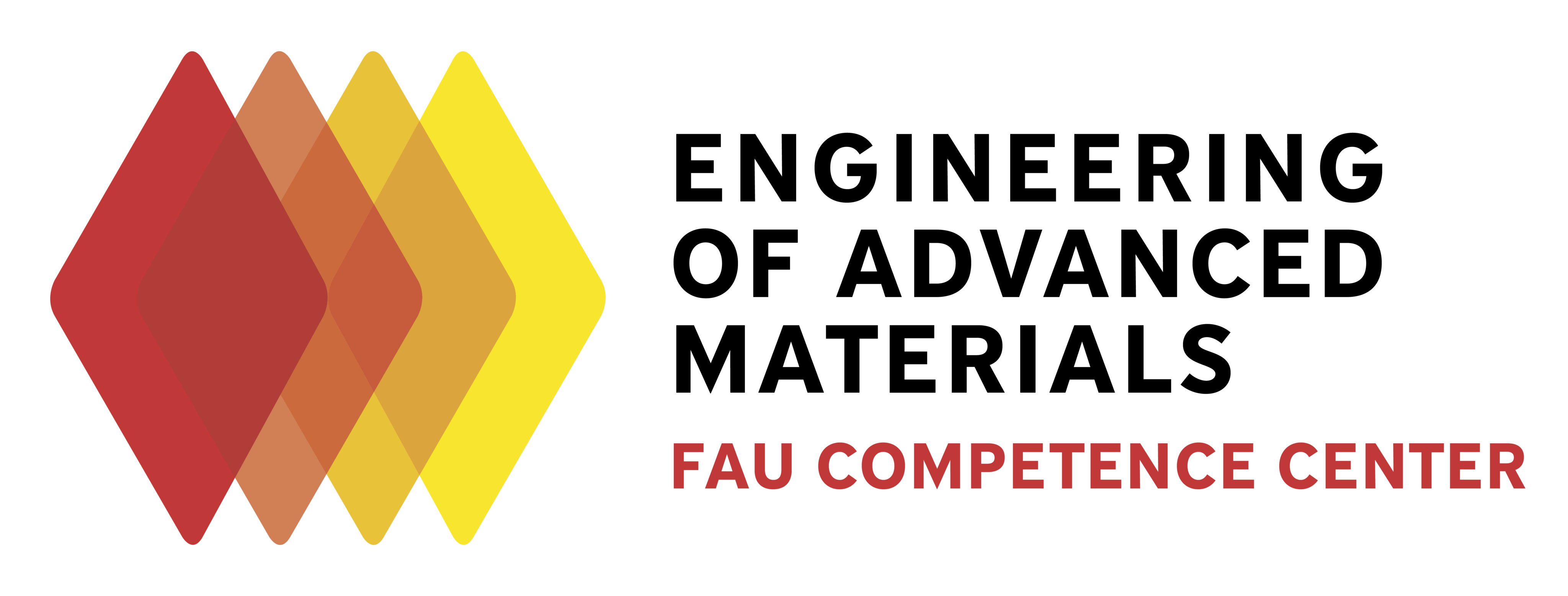Making more effective and sustainable use of solar energy

FAU chemist Prof. Dr. Dirk Guldi talks about SolTech in our interview
Researchers from five Bavarian universities have been working in the research network “Solar Technologies Go Hybrid (SolTech)” since 2012 on new concepts for transforming solar energy into electricity. The Free State of Bavaria recently awarded the consortium a further 1.7 million euros in funding. In our interview, Prof. Dr. Dirk Guldi from the Chair of Physical Chemistry I and coordinator of the SolTech key lab at FAU explains what the consortium has already achieved and where the focus will lie in the coming years.
Prof. Guldi, the key lab at FAU is called “carbon-rich hybrids”. What does that mean, what exactly does your research entail?
The aim of the “carbon-rich hybrids” key lab is to pool the expertise available in Erlangen to create a powerful and internationally visible platform for generating basic knowledge in the area of photocatalysis and photovoltaics on the basis of carbon-rich hybrid materials. Realizing these ambitious goals depends on an advanced understanding of the various mechanisms of light absorption, charge separation, material transport and catalytic reactions. The synergy between synthesis, photo-physical measurements, theory and the development of components plays a major role in the basic chemical and physical exploration of powerful and sustainable materials used as chemical energy sources or to convert solar energy to electricity.
SolTech aims to use light energy to create chemical fuels along the lines of photosynthesis in plants. What progress have you achieved in the last few years?
In the key lab at FAU we are researching the implementation of closely linked process chains consisting of synthesis, characterization, function and theory. The focus is on photon management, from electron transfer processes to reaction mechanisms in carbon-rich hybrids.
For example, our research group has developed an “intelligent” photocatalyst. It can differentiate between the colors red, green and blue. This allows us to program the required chemical reaction, making the process more sustainable as a result. Our team has also been extremely successful in the area of high-throughput screening. A very promising approach for developing as effective a catalyst as possible involves using machine learning to support and guide high throughput screening, that generates a lot of data. In the FAU key lab, we have designed a set-up that can be used to apply photocatalyst libraries to SBS plates or wafers. This allows each individual pixel to be characterized using electrochemical techniques, also when exposed to light.
A third example are our findings on singlet fission, in which one photon excites two electrons. Multiplying the number of charge carriers in this way has the potential of increasing the theoretical efficiency limit for solar cells by one third, from 33 to 44 percent. Our research brings us one step closer to increasing the efficiency of solar cells.
What is your goal for the coming years?
In this funding period we are focusing on using the abundant and environmentally harmless element carbon in its many different aggregate states as a replacement for rare catalytically active metals or toxic elements such as lead. It could be used, for example, to create fuels from carbon dioxide using photocatalysis or in next generation solar cells, at a very low cost for energy and much more efficiently than using standard technology.
As well as the expected scientific progress, a further important goal for SolTech is to educate a new generation of young researchers and equip them with the expertise they need to support Bavarian industry on its journey towards a climate-neutral future.
Find out more about SolTech on the consortium’s website and on the website of the Department of Chemistry and Pharmacy.
Further information:
Prof. Dr. Dirk M. Guldi
Department of Chemistry and Pharmacy
Chair of Physical Chemistry I (Prof. Dr. Guldi)
- Phone number: +49 9131 85-27340
- Email: dirk.guldi@fau.de
